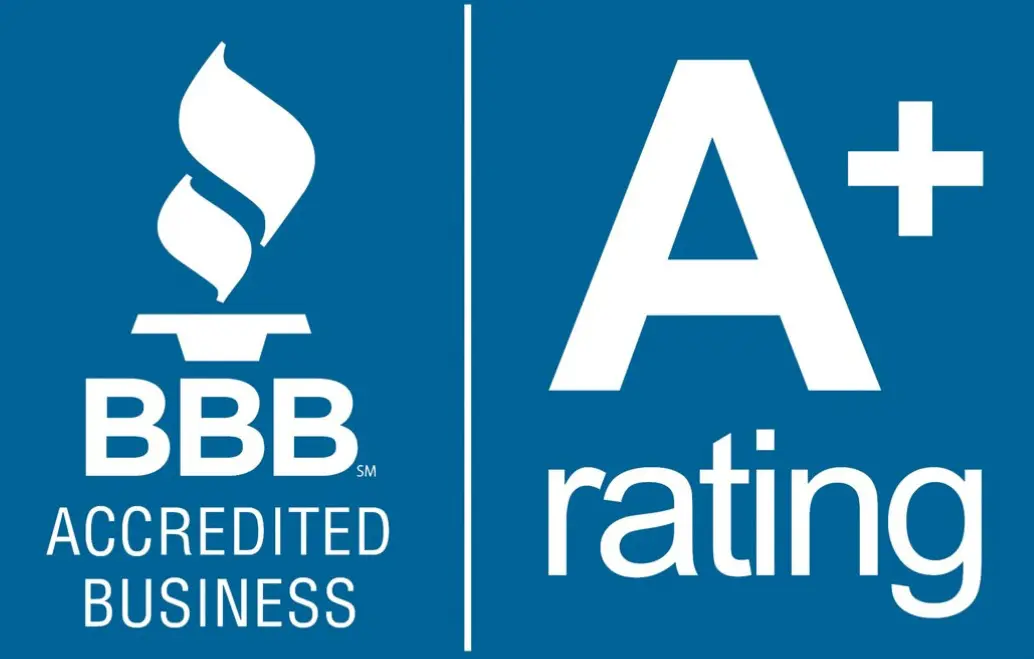Don’t Dismiss Experience: Why Older Workers Are an Asset to Your Workplace

The traditional image of retirement is fading fast. With people living longer, healthier lives, the concept of a set “retirement age” is becoming increasingly antiquated. That trend isn’t entirely new, either. Some estimates suggest that from 2020 to 2021, the jobs increase rate for workers ages 55 and up actually outpaced the same rate for ages 25-34 and 35-54.
This continuing shift presents a unique opportunity for businesses: The chance to leverage the considerable experience and knowledge of older workers. Below, Cisso, Bean & Dutch will lay out some of the benefits associated with hiring older employees, as well as some proven strategies for effectively including them in your organization.
Beyond Age: Tapping into a Wealth of Experience
The benefits of a multigenerational workforce are undeniable, and older workers are a big part of that; after all, they bring a wealth of experience to the table, having honed their skills and expertise over decades of professional practice.
This experience translates into valuable assets like:
- Seasoned employees have a deep understanding of an organization’s history, culture, and past successes and challenges. This institutional knowledge is invaluable for navigating future decisions and ensuring continuity.
- Older workers can mentor younger colleagues, fostering knowledge transfer and leadership development within the company. This mentoring relationship can prove beneficial when the roles are reversed!
- It’s been established that many older workers are eager for new training and committed to demonstrating their skills, contrary to popular belief.
Retirees Returning: A Fresh Perspective with Proven Skills
The trend of “retirees coming back” is another factor to consider.
- Many senior employees who are returning to the workforce still possess a strong desire to stay engaged and contribute their skills.
- These individuals bring back a fresh perspective, which, coupled with their established knowledge and expertise, can be just the thing to shake up your team in a good way.
Building a Bridge Between Generations
Fostering a workplace culture that embraces diversity across all aspects, including age, is key to reaping the benefits of an experienced workforce. To achieve that goal, you could try:
- Skills-Based Hiring: Focus on skills and experience over age when evaluating candidates. Often, you’ll find that this produces a spread of diverse and talented employees who cover more bases together than a more homogenous group might alone.
- Mentorship Programs: As we suggested earlier, it can be truly valuable to implement programs that connect older and younger employees for knowledge transfer and mutual learning.
Do you have more questions about staffing or recruitment concerns? We’re here to help! Our experience in best practices research, workforce planning, and development can be accessed through our human resources consulting services, so please feel free to contact us at (205) 542-8881 or email us: officeadmn@beanyellow.com if you’re interested in learning more.

